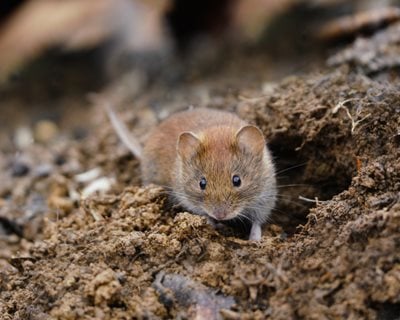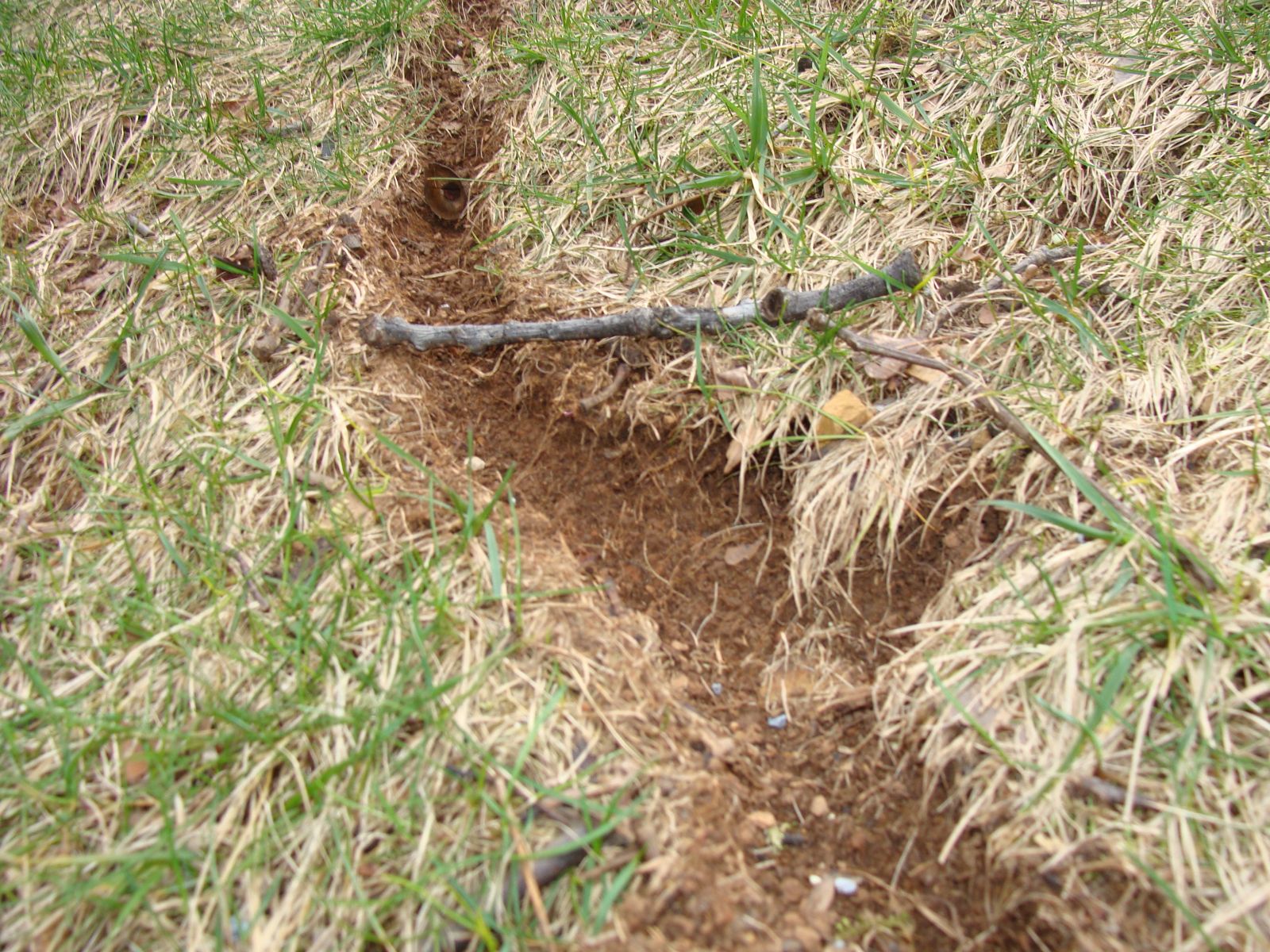Comprehensive Vole Pest Control Services in Utah
Grasping Vole Pest Control: Thorough Insights on Problem Avoidance and Treatment Techniques
By acknowledging the refined signs of vole invasion early on, we can take aggressive procedures to prevent prevalent damage. In this conversation, we will certainly discover the nuances of vole actions, dig right into the identification of problem signs, and uncover the most effective prevention and therapy methods.
Recognizing Vole Habits
Analyzing the foraging patterns of voles offers useful understandings right into their behavior and habitat choices. By observing their foraging habits, scientists can acquire a far better understanding of where voles choose to establish their environments and the degree of their ecological influence.
Research study shows that voles display discerning feeding behaviors, choosing roots, origins, and seeds. This dietary preference affects their foraging patterns, leading them to locations rich in plant life and ground cover. Additionally, voles are known to produce intricate tunnel systems for foraging and nesting objectives, indicating a high level of versatility to their surroundings.
Recognizing vole behavior is necessary for carrying out targeted parasite control actions that interrupt their environment preferences and foraging activities (vole pest control). By studying their actions, professionals can establish more reliable avoidance and treatment strategies to take care of vole invasions

Identifying Indicators of Vole Invasion
Vole invasions can be spotted by recognizing specific indications of their existence in an area. Among one of the most typical signs of a vole problem is the existence of surface runways. Voles develop networks of narrow pathways on the ground that are normally about two inches wide. These paths are usually discovered in grassy locations or below mulch or ground cover where voles can relocate easily and browse for food.
An additional essential indication of vole problem is the existence of small burrow openings in the ground. Voles dig shallow burrow systems with numerous entryways and exits. These burrows work as shelter and nesting websites for the voles. Additionally, voles are understood to leave chewed plant stems, roots, and light bulbs near their burrow openings, showing their feeding activity in the location.
Furthermore, vole droppings can additionally represent their visibility. Vole droppings are little, brownish, and round in shape, resembling grains of rice. Discovering these droppings along paths or near burrow openings can validate a vole invasion. By being attentive for these indicators, homeowner can quickly attend to vole problems and prevent further damage.
Implementing Aggressive Avoidance Actions

Moreover, employing all-natural vole deterrents like castor oil-based repellents or predator urine can act as efficient safety nets. It is also suggested to frequently inspect exterior spaces for any kind of signs of vole task, such as paths or tunnel openings, to address possible invasions without delay. vole control. By taking on these proactive prevention strategies, homeowner can substantially lower the possibility of vole damages and preserve the health and looks of their landscapes
Effective Treatment Methods
Including targeted capturing methods and making use of authorized rodenticides are vital components of reliable therapy techniques for managing vole invasions. Regular surveillance and maintenance are also vital facets of successful therapy methods to guarantee that vole populaces are kept under control. By incorporating capturing, rodenticides, environment modification, and regular tracking, reliable vole insect control can be attained.
Tracking and Upkeep Tips
Preserving a systematic timetable for monitoring and conducting regular maintenance tasks is critical to sustain the efficiency of vole parasite control actions. Routine monitoring permits the early detection of vole task, enabling timely treatment prior to infestations intensify. To properly keep track of vole populations, purposefully placed traps can be used in vole paths or near burrow entries. By on a regular basis examining these traps, homeowner can evaluate vole control utah the degree of vole task and readjust control strategies accordingly.
Additionally, maintaining a tidy and well-kept landscape is necessary in vole avoidance. Clearing up away particles, such as heaps of wood or dense vegetation, eliminates potential vole habitats. Routinely cutting yards and cutting vegetation helps lower vole hiding spots and reduces their access to food sources.
Additionally, ongoing maintenance of physical obstacles, such as fencings or wire mesh, is important to protect against vole breach. Checking and fixing any type of damages to these structures makes sure that vole control continues to be efficient in protecting buildings from problems. By including these tracking and maintenance methods into an extensive vole insect control plan, people can successfully handle vole populations and protect their properties from damages.
Final Thought
Finally, mastering vole parasite control needs a solid understanding of vole actions, the ability to recognize indications of infestation, implementing aggressive avoidance measures, reliable therapy techniques, and consistent tracking and maintenance. By taking a thorough approach to vole control, people can successfully handle and prevent invasions, ultimately shielding their property and bordering setting from damage brought on by these little rats.
In this conversation, we will check out the subtleties of vole habits, dive into the recognition of infestation signs, and reveal the most effective avoidance and therapy methods.Including targeted capturing methods and using accepted rodenticides are necessary parts of effective therapy approaches for managing vole invasions. To properly monitor vole populations, tactically positioned catches can be made use of in vole runways or near burrow entrances. Examining and fixing any kind of problems to these frameworks ensures that vole control stays effective in protecting buildings from infestations. By incorporating these monitoring and maintenance practices into an extensive vole insect control plan, people can successfully take care of vole populaces and secure their buildings from damages.